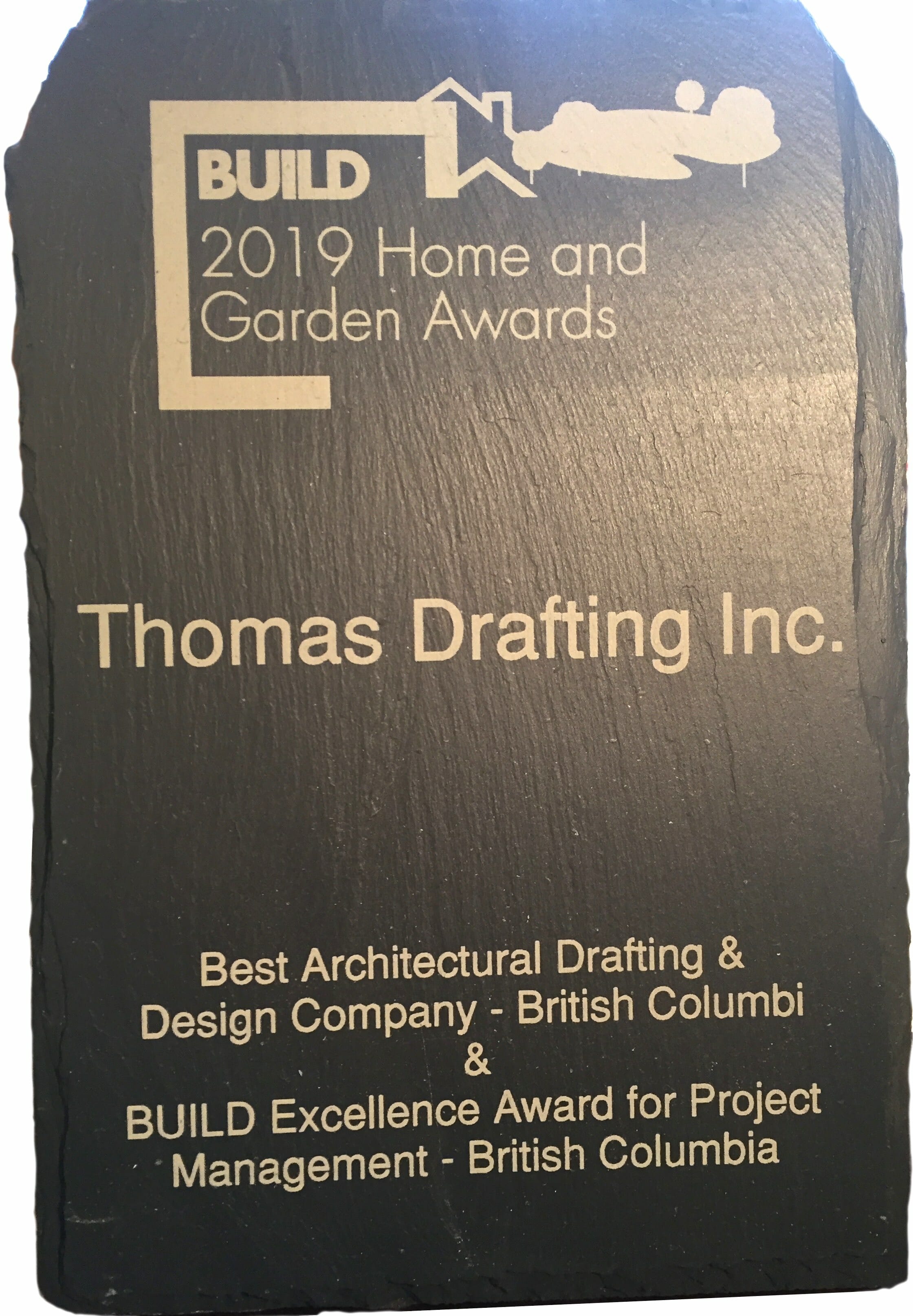The BC Building Code or BCBC is one of the many regulations binding British Columbian citizens to a minimum standard of construction protecting property and people.
This is a code specific to the province of BC, which is based upon the National Building Code.
The building code establishes requirements for buildings with the following objectives in mind:
- Safety
- Health
- Accessibility for persons with disabilities
- Fire and structural protection of buildings
- Energy and water efficiency
The building code applies to the construction of buildings including extensions, substantial alterations, buildings undergoing a change for occupancy, “green” building specifications, and upgrading of buildings to remove an unacceptable hazard.
It applies the core concepts of the National Building Code combined with elements specific to BC’s unique needs directly affecting contractors, homeowners and the industry of construction of buildings in whole.
To make our life easy, at the beginning of the first division in the code book, the code tells us when it applies.
The building code applies when any one or more of the following happen:
- the design and construction of a new building;
- the occupancy of any building;
- a change in occupancy of any building;
- an alteration of any building;
- an addition to any building;
- the demolition of any building;
- the reconstruction of any building that has been damaged by fire, earthquake or other cause;
- the correction of an unsafe condition in or about any building;
- all parts of any building that are affected by a change in occupancy;
- the work necessary to ensure safety in parts of a building
- that remain after a demolition;
- that are affected by but that are not directly involved in alterations; or
- that are affected by but not directly involved in additions;
- except as permitted by the British Columbia Fire Code, the installation, replacement, or alteration of materials or equipment regulated by this Code;
- the work necessary to ensure safety in a relocated building during and after relocation;
- safety during construction of a building, including protection of the public;
- the design, installation, extension, alteration, renewal or repair of plumbing systems; and
- the alteration, rehabilitation and change of occupancy of heritage buildings.
The application of the code is a pretty long list in itself. But questions arise to when the code does not apply so it specifically goes on to tell us when it does not apply:
- sewage, water, electrical, telephone, rail or similar public infrastructure systems located in a street or a public transit right of way;
- utility towers and poles, change beginandchange end television, radio change beginandchange end other communication aerials and towers, except for loads resulting from change begintheir beingchange end located on or attached to buildings;
- mechanical or other equipment and appliances not specifically regulated in these regulations;
- flood control and hydro electric dams and structures;
- accessory buildings less than 10 m2 in building area that do not create a hazard;
- temporary buildings change including:
- construction site offices;
- seasonal storage buildings;
- special events facilities;
- emergency facilities; and
- similar structures with the permission of the authority having jurisdiction,change end;
- factory built housing and components complying with CAN/CSA-Z240 MH Series standard – but this exemption does not extend to on site preparations (foundations, mountings), connection to services and installation of appliances; and
- areas that are specifically exempted from provincial building regulations by change provincial or federal.
Compliance is the Best Practice
In general you should always apply the building code to your project as it is only a minimum standard to which a building should be constructed.
The building code is always in constant flux, incorporating industry best practices and challenging the industry to do better.
When feasible, it is also better to go beyond the code minimum, let us help you design that “better than good enough” design and bring your plans into reality.
Contact us today to discuss your project needs and see how we can assist.
PRICING GUIDELINE DOWNLOADBOOK A FREE CONSULTATIONSEE OUR PROJECTS




